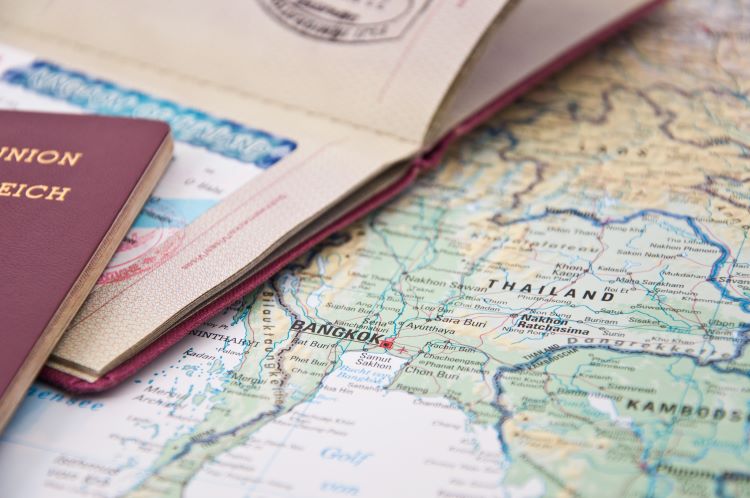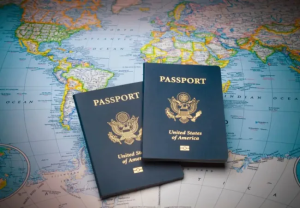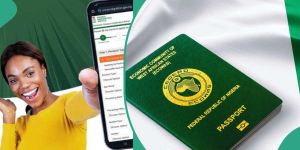Everything You Need to Know About the 581 Area Code
Introduction
Area codes have been a vital part of telecommunication systems since the mid-20th century, serving as the backbone for routing phone calls to specific regions. In Canada, area codes are used to identify distinct geographic areas. One such area code is the 581 area code, which covers specific regions within the province of Quebec. This article explores the history, geographic coverage, significance, and some rankings related to the 581 area code. By the end, you’ll have a thorough understanding of what the 581 area code represents and why it’s important.
History of the 581 Area Code
The 581 area code is relatively new in comparison to some of its counterparts. It was introduced in 2008 as an overlay for the existing 418 area code in Quebec. The 418 area code had been in use since 1947 and served the entire eastern part of Quebec, but due to the explosive growth in the use of mobile phones and the demand for new numbers, it became apparent that the 418 code alone wouldn’t suffice. To resolve this issue, the 581 area code was introduced as an overlay, meaning it shares the same geographic region as the 418 area code but provides additional number resources.
The introduction of area code 581 was part of a larger trend in Canada and North America where overlay area codes became a common solution to the problem of number exhaustion. Instead of splitting geographic regions into smaller areas with new codes, which can be disruptive for businesses and residents, overlay codes allow for the continuation of existing codes while adding new number availability.
Geographic Coverage of 581 Area Code
The 581 area code serves a large section of the eastern part of Quebec, encompassing both rural and urban areas. Some of the major cities and regions covered by the 581 area code include:
- Quebec City: As the capital of the province, Quebec City is the largest urban area served by the 581 code. This historic city is a hub of political and economic activity.
- Saguenay: Known for its picturesque fjords and vibrant culture, Saguenay is another key region within the 581 area code.
- Rimouski: Located on the southern shore of the Saint Lawrence River, Rimouski is a prominent city for maritime activities and serves as a key port city within the region.
- Chicoutimi: Part of the larger Saguenay–Lac-Saint-Jean region, Chicoutimi is known for its natural beauty and cultural significance.
- Rivière-du-Loup: This smaller city is an important transportation hub and also falls under the coverage of the 581 area code.
- Gaspé Peninsula: This scenic region, known for its rugged coastline and tourist attractions, is also part of the territory covered by 581.
The area code 581 covers a broad and diverse landscape, from densely populated urban centers like Quebec City to the more sparsely populated and rural areas of eastern Quebec. Residents in these areas can have either a 418 or a 581 number, depending on the availability when they applied for their phone service.

The Need for the 581 Area Code
As mentioned earlier, the 581 area code was introduced due to the exhaustion of available phone numbers in the 418 area code. With the rapid expansion of telecommunications technologies, including the widespread adoption of smartphones, internet-connected devices, and VoIP services, the demand for new phone numbers increased exponentially. This rise in demand wasn’t just from individuals seeking new numbers, but also from businesses, governmental agencies, and other organizations that required more numbers to meet the needs of a growing population and economy.
Before the introduction of the 581 code, there was concern that Quebec’s eastern region could run out of phone numbers under the 418 area code. By implementing 581 as an overlay, the Canadian Numbering Administrator ensured that the region could continue to grow without disruptions to its telecommunications infrastructure.
How the 581 Area Code Works
The overlay system introduced with the 581 area code means that both 418 and 581 numbers coexist within the same geographic region. This means that two people in Quebec City, for instance, might live next to each other and have the same phone number, except for their area codes (one with 418, the other with 581).
One important aspect of the overlay system is that it necessitates 10-digit dialing. In areas with overlay codes, dialing a seven-digit number is no longer possible. Even if you’re calling someone locally, you must include the area code. This shift in dialing habits is usually one of the most significant changes residents face when an overlay code is introduced.
The Impact of 10-Digit Dialing
When the 581 area code was introduced, residents and businesses in Quebec had to adjust to 10-digit dialing. While this change may seem minor, it represented a significant cultural shift in how people in the region made phone calls. Previously, seven-digit dialing was the norm for local calls, and only long-distance calls required an area code. With the introduction of the 581 overlay, all calls, even local ones, required the area code to be included.
This adjustment period involved public awareness campaigns and efforts from telecommunications providers to educate customers about the new requirements. Over time, however, 10-digit dialing became the norm, and today it’s simply part of the routine for residents and businesses in the region.
Who Uses the 581 Area Code?
Like any area code, 581 is used by a wide range of people and organizations. It serves:
- Residential Customers: Thousands of people across Quebec’s eastern region have 581 phone numbers for personal use. This includes landline and mobile users, with the latter being particularly significant as mobile phone adoption continues to rise.
- Businesses: Many companies operating in the 581 region use this area code for their phone numbers, from small local businesses to large enterprises based in cities like Quebec City.
- Government and Public Services: Municipalities, provincial agencies, and other public services use the 581 area code, especially in government offices located within Quebec City and other major cities.
- VoIP and Internet-based Services: As technology evolves, more and more people are relying on VoIP (Voice over Internet Protocol) services for their communication needs. VoIP users in eastern Quebec may also be assigned a 581 area code, particularly if they sign up for service after the introduction of the code.
Ranking: Important Cities and Regions in the 581 Area Code
The 581 area code serves a variety of important cities and regions within eastern Quebec. Below is a ranking of some of the most significant areas covered by the 581 code based on population, economic impact, and cultural significance:
- Quebec City: As the capital of Quebec, Quebec City is by far the most important city in the 581 area code region. It is a political, cultural, and economic hub, with a rich history dating back to its founding in 1608. The city’s Old Quebec district is a UNESCO World Heritage site, drawing tourists from around the world.
- Saguenay: This city ranks second in importance within the 581 region. Known for its natural beauty and industrial sector, Saguenay plays a key role in Quebec’s economy, particularly in the aluminum industry.
- Rimouski: A major city in the Bas-Saint-Laurent region, Rimouski is ranked third due to its strategic location along the Saint Lawrence River and its importance as a transportation and maritime hub.
- Chicoutimi: As part of the larger Saguenay area, Chicoutimi has its own unique character and serves as a cultural and economic center in its own right.
- Rivière-du-Loup: While smaller in size compared to the other cities on this list, Rivière-du-Loup holds strategic significance as a transportation and logistics hub in eastern Quebec.
- Gaspé Peninsula: Though not a single city, the Gaspé Peninsula is ranked for its cultural and historical importance, as well as its appeal as a tourist destination.
Conclusion
The 581 area code plays a crucial role in the telecommunications infrastructure of eastern Quebec. Introduced as a solution to number exhaustion in the 418 area code, it allows for continued growth in the region without disruption. Covering major cities like Quebec City and Saguenay, as well as smaller towns and rural areas, the 581 area code serves a diverse population. Whether you’re a resident, a business owner, or a visitor, the 581 area code is an integral part of staying connected in this vibrant region of Quebec.













Post Comment